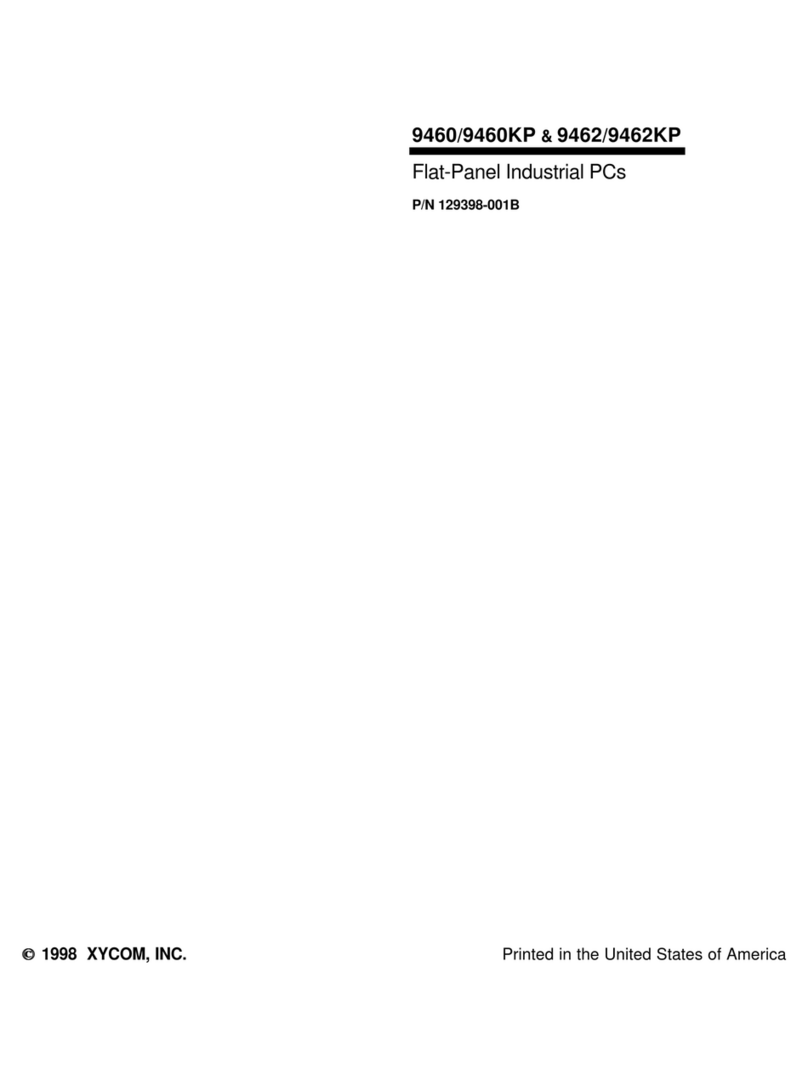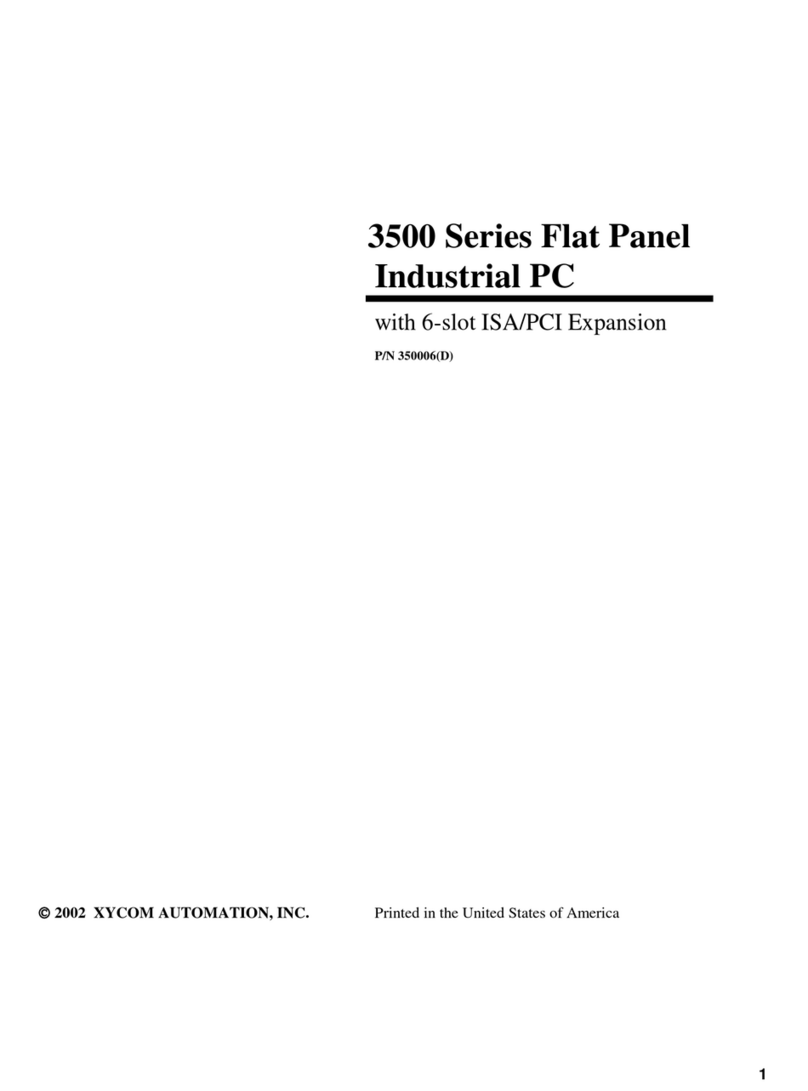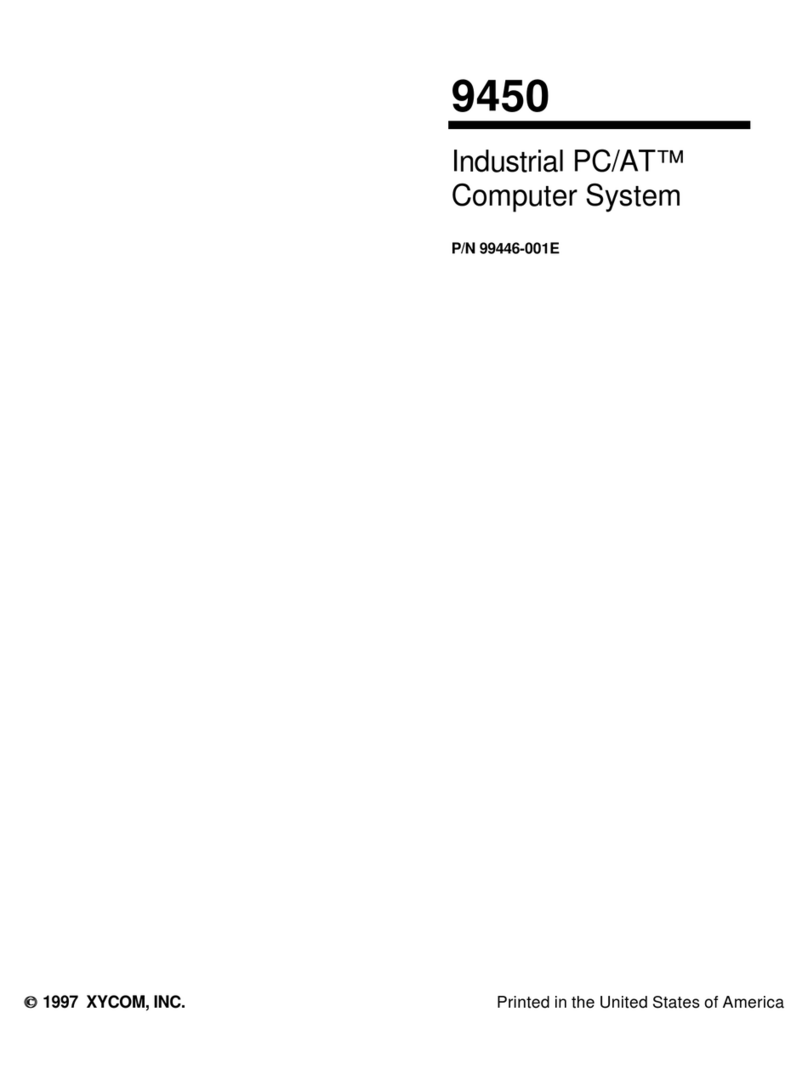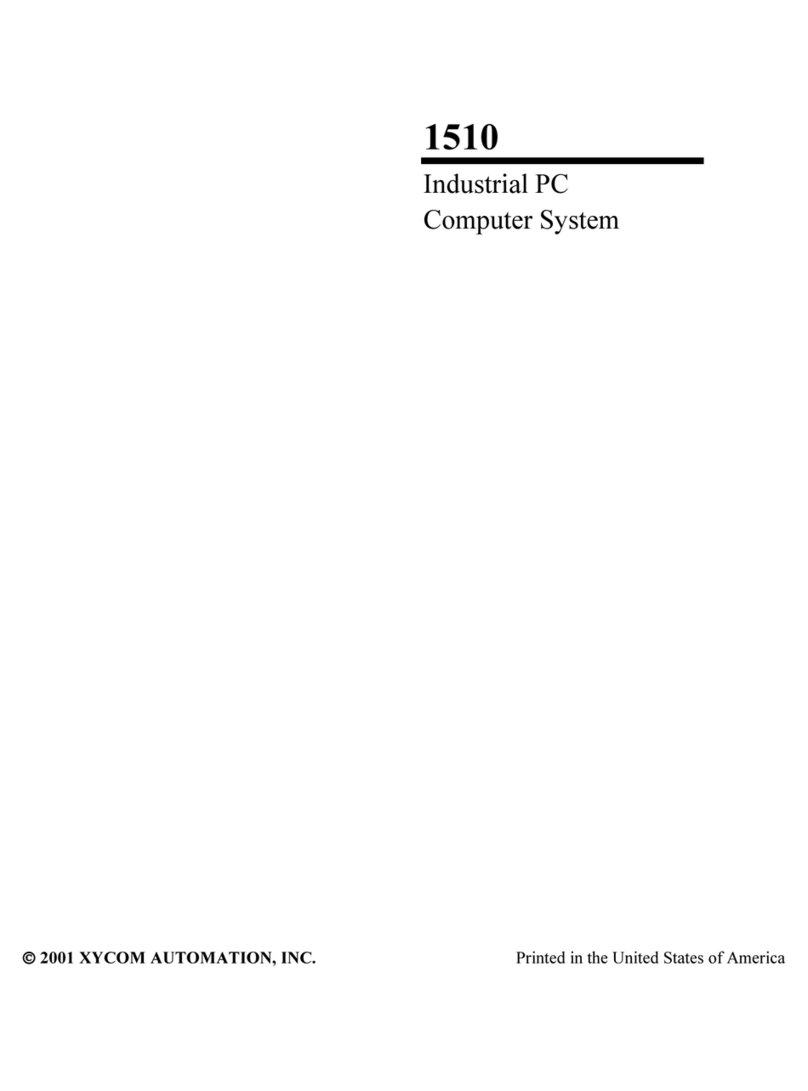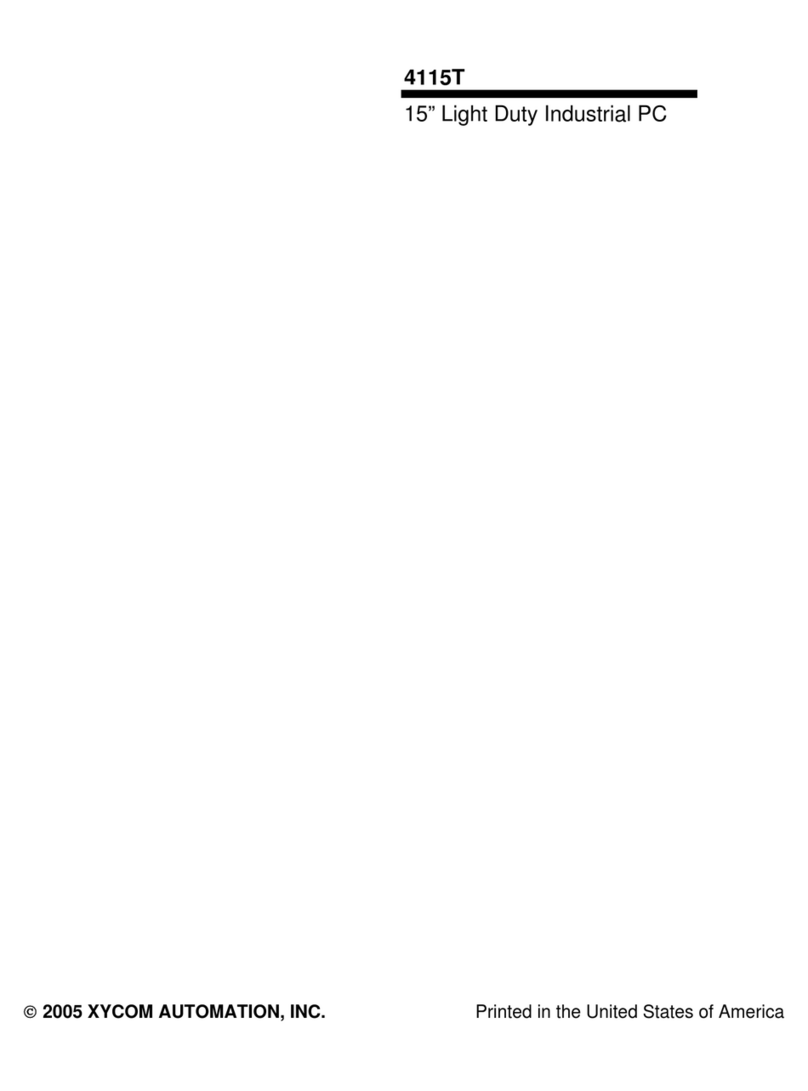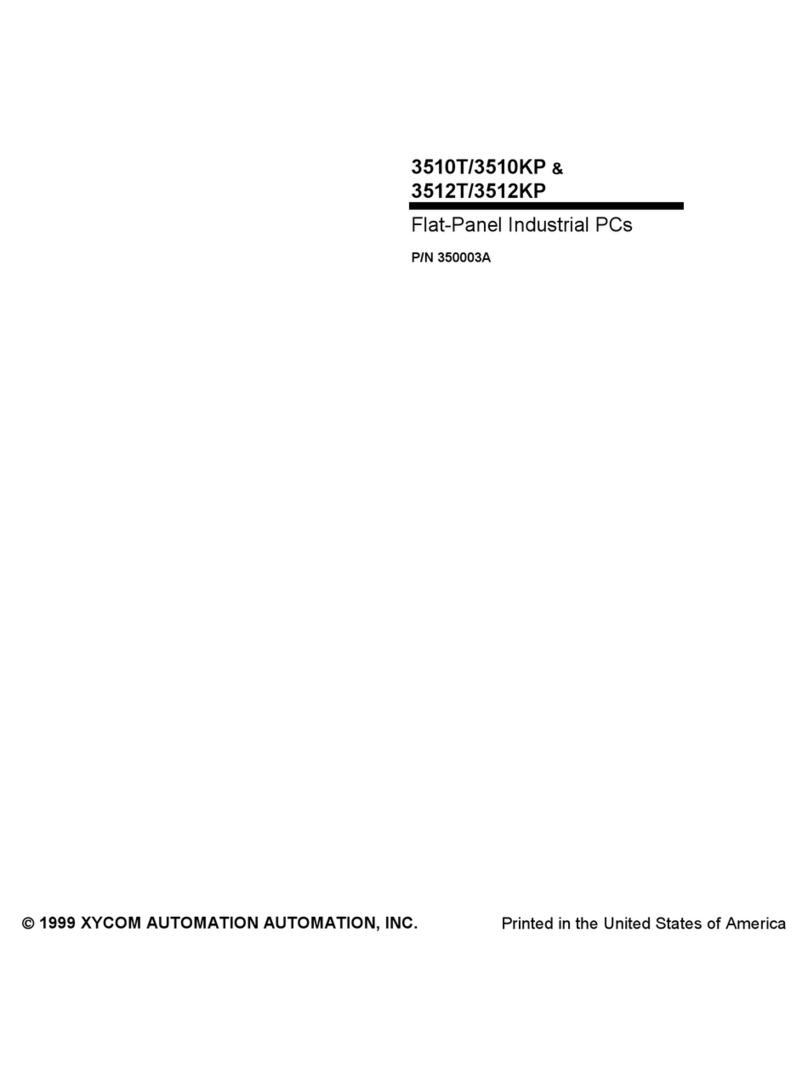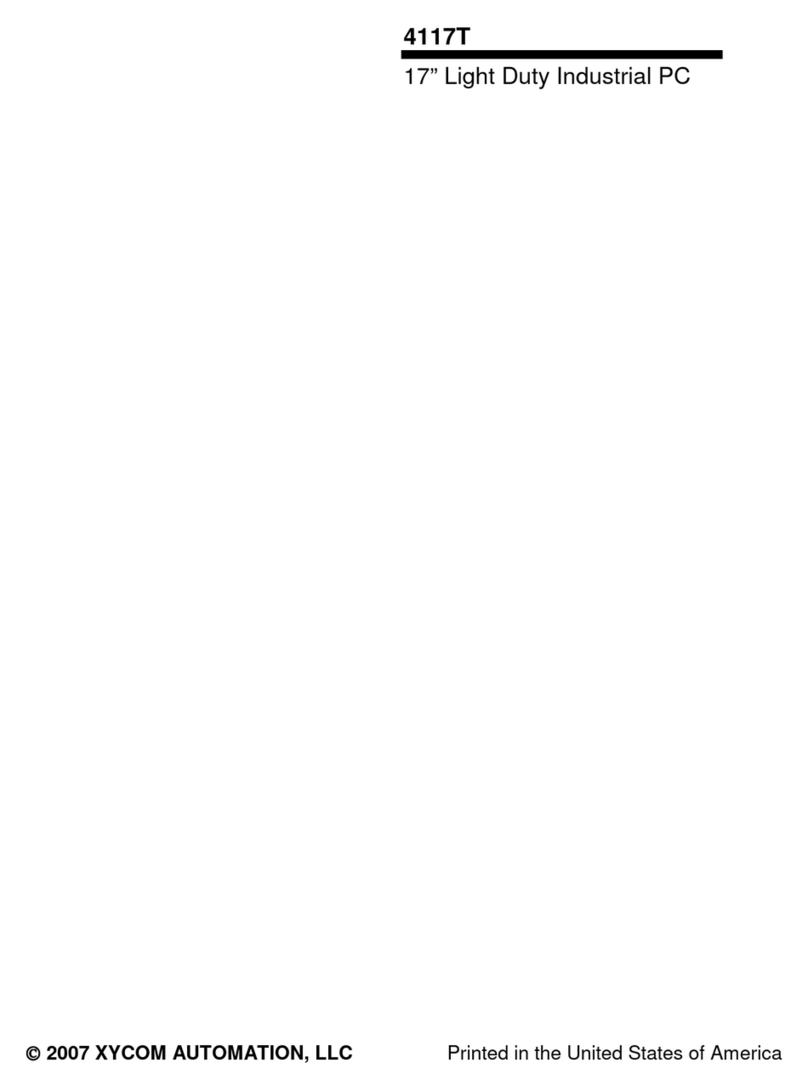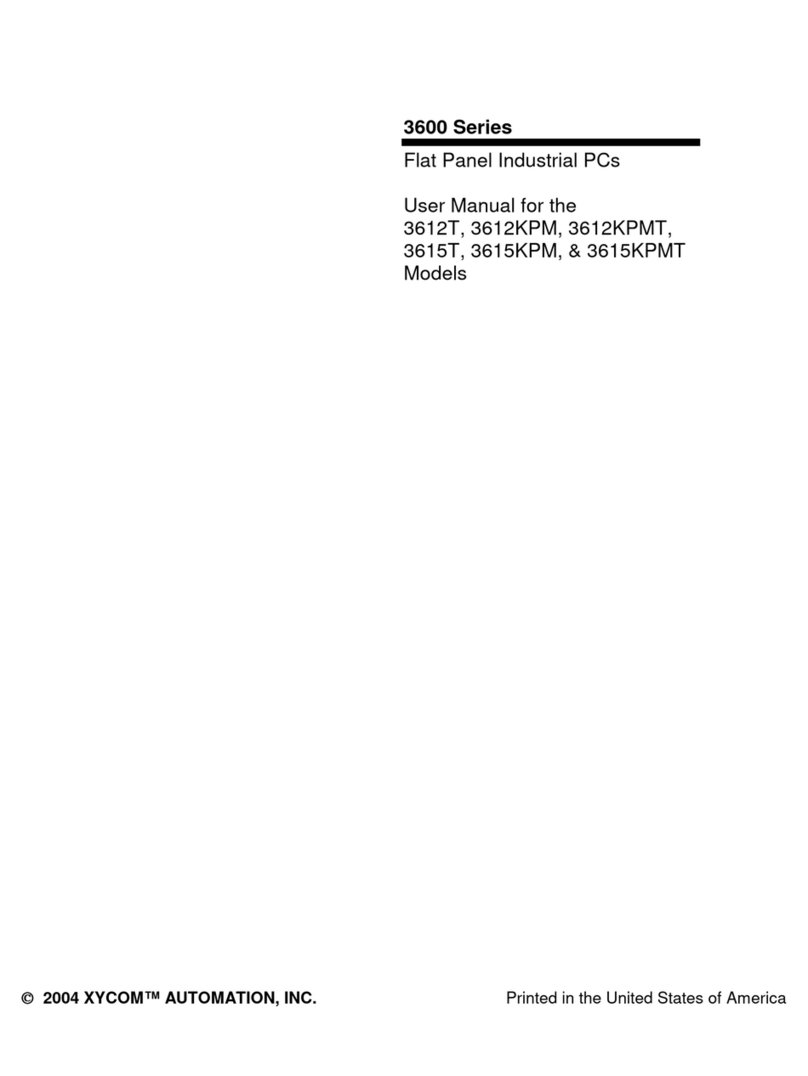
iv
Power Connector (PWR1) ....................................................................................................................2-12
Touch Control Connector (TCTRL1) ....................................................................................................2-12
Touch Connector (TCH1) .....................................................................................................................2-12
Flat Panel Connector (FPNL1 and FPNL2)..........................................................................................2-12
Backlight Inverter Connector (DCINV1) ...............................................................................................2-13
Chapter 3 –BIOS Setup Menus ..............................................................................................................3-1
Moving through the Menus .....................................................................................................................3-1
BIOS Main Setup Menu..........................................................................................................................3-2
IDE Submenu .........................................................................................................................................3-3
Cache Submenu.....................................................................................................................................3-4
Advanced Menu......................................................................................................................................3-5
I/O Device Configuration Submenu ........................................................................................................3-7
Advanced Chipset Control Submenu .....................................................................................................3-8
On-board Socket Site Submenu.............................................................................................................3-9
Flat Panel Submenu .............................................................................................................................3-13
Security Menu.......................................................................................................................................3-14
Power Menu..........................................................................................................................................3-15
Device Monitoring Submenu ................................................................................................................3-16
Boot ......................................................................................................................................................3-17
Exit Menu..............................................................................................................................................3-18
BIOS Compatibility................................................................................................................................3-18
Appendix A - DRAM Installation ............................................................................................................ A-1
Appendix B –Video Modes ....................................................................................................................B-1
Introduction ............................................................................................................................................ B-1
Video Modes.......................................................................................................................................... B-1
Standard Modes .................................................................................................................................... B-1
Extended Modes.................................................................................................................................... B-2
Windows 3.1 .......................................................................................................................................... B-3
Windows ‘95 .......................................................................................................................................... B-4
Appendix C –Pinouts ............................................................................................................................. C-1
VGA Connector (VGA1) ........................................................................................................................ C-1
COM1 Connector RS-232/RS-485 (COM1_4) ...................................................................................... C-2
LPT1/COM2 RS-232 Connector (PARCOM2) ...................................................................................... C-2
FPGA Program Connector (J15) ........................................................................................................... C-4
DCIN1 Power Connector (PWR1) ......................................................................................................... C-4
Touch Control Connector (TCTRL1) ..................................................................................................... C-5
Touch Connector (TCH1) ...................................................................................................................... C-6
Internal Mouse Connector (MS2) .......................................................................................................... C-6
Internal LED Connector (LEDMSC1)..................................................................................................... C-7
LED In_Keypad Connector (LEDKB1) .................................................................................................. C-7
Flat Panel Connector (FPNL1 and FPNL2)........................................................................................... C-8
Backlight Inverter Connector (DCINV1) ................................................................................................ C-8
Internal Keyboard Connector (KYBD1) ................................................................................................. C-9
PS/2 Keyboard/Mouse Connector (KBMS1) ......................................................................................... C-9
Internal Floppy Connector (FDD1) ........................................................................................................ C-9
External Floppy Connector (FDD2) ..................................................................................................... C-10
IDE Connector (HDD1) ........................................................................................................................ C-11
ISA/IDE Backplane Connector (ATIDE1) ............................................................................................C-12
PCI Backplane Connector (PCIMG1) .................................................................................................. C-14
Keypad connector (KEYPAD1)............................................................................................................ C-16
USB Connector.................................................................................................................................... C-16
